If you’re new to photography, you may wonder what place a camera bean bag has with your gear. In our article, we discuss why you might carry a bean bag. And we show how to use it when photographing nature and wildlife. We even show you how to make a camera bean bag with things you likely have at home!
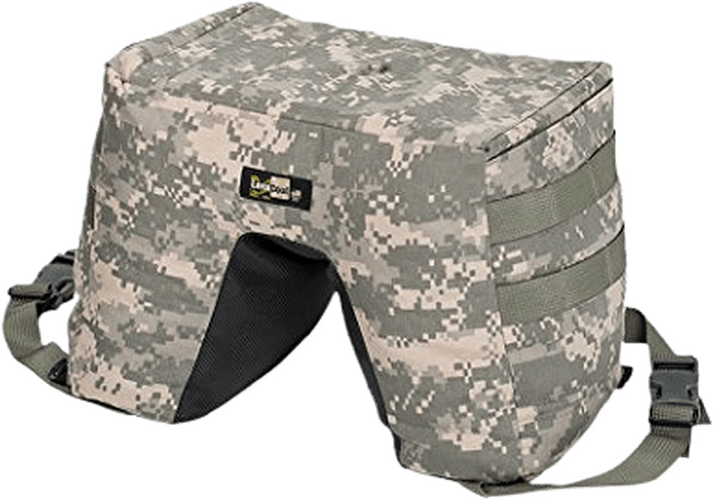
When you think of a “bean bag,” you might imagine colorful children’s toys or squishy places to sit. The same reasons bean bags are fun to sit in are why they work well for photographers.
Beanbag chairs mold themselves around us and move with our bodies. They support us without getting in the way. Photography bean bags work the same way. They mold themselves to our lenses and move fluidly when we want to change our position.
They support our lens without getting in the way. Also, the bag’s underside molds onto whatever surface I’ve placed it.
This brings me to an important reason for using a camera bean bag for photography. It provides flexible support on any surface. I can place the camera bean bag on a fence post, rock, or the ground. Most often, I place one on my car door.
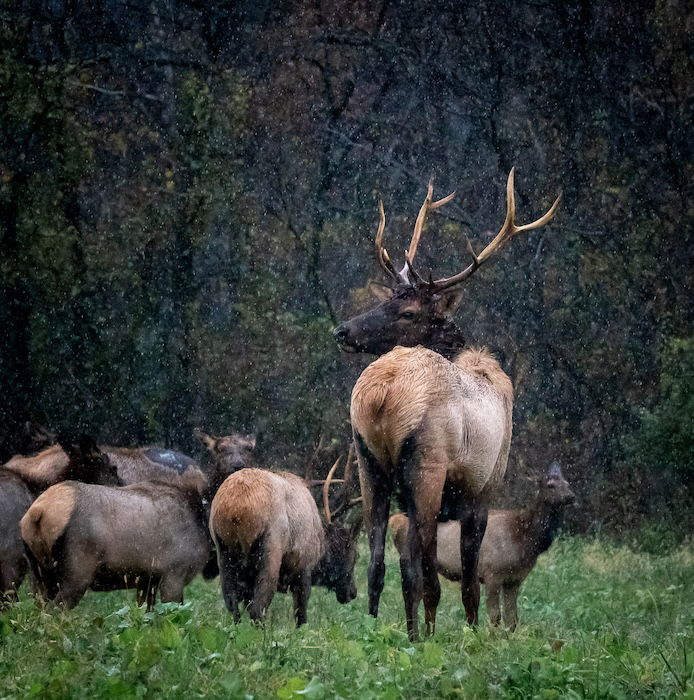
We look at examples of photographing wildlife and nature. But you can use it for all kinds of photography!
I often use a monopod to support my camera when I move around in the field. But sometimes I’m driving along and see something interesting to photograph. I stop as quickly and noiselessly as I can. And I grab my camera and a small bean bag that I carry for this situation.
I use the bean bag to stabilize the camera on the door frame with the window open, and I start shooting! Sometimes, I get closer to wildlife in my car than if I were walking.
Birds don’t always fly away, and deer run away less frequently. This Barred Owl (below) was waiting along the side of the road for me to stop and take a photo using a camera bean bag.

Sometimes, getting out of my car to photograph wildlife like elk, bears, or bison isn’t safe. I stay in my car other times, so I don’t have to fight the weather while shooting. I can park my car in rain, snow, or cold and photograph comfortably.
Temperatures hovered around 0 degrees Fahrenheit (-17 Celsius) in Lone Elk Park one day. I was happy to stay in my car and photograph bison with the help of my camera bean bag.
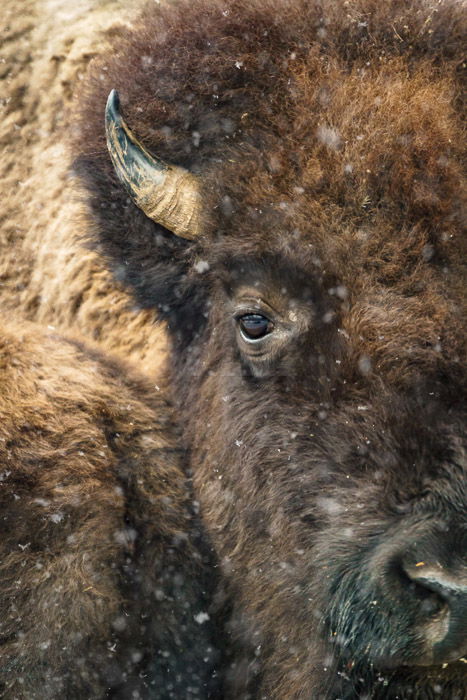
Bean bags are useful for photographers shooting all sorts of nature scenes, not just wildlife. I didn’t leave my car to photograph this roadside waterfall in the Smokey Mountains of Tennessee. A bean bag helped stabilize my camera set at a shutter speed of 1/6 s, slow enough to blur the water.
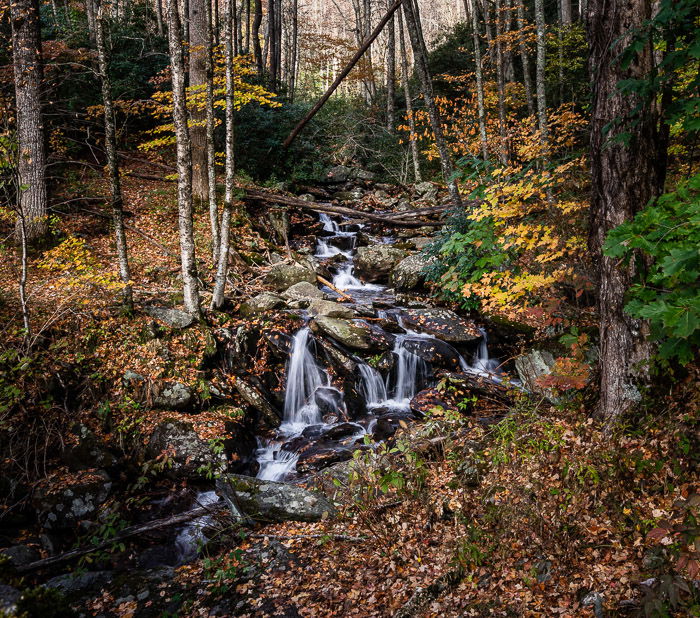
I also use a bean bag to stabilize my camera in any place where a tripod isn’t allowed. Our local botanical gardens don’t allow tripods into special events (like the orchid show). There’s nothing to say I can’t put my bean bag on a railing or another surface and stabilize my camera.
Bean bags are simple to use. Place the bag under your lens rather than under your camera body. My go-to wildlife lens is a Sony 100-400mm. This lens measures about eight inches.
There’s a sweet spot about half to two-thirds of the way down on a long lens. This allows the most stability and flexibility. I want to be able to freely move my camera around and reposition the lens on the bean bag.
Bean bags should be large enough to cradle the lens and provide a stable surface. My smallest bean bag tends to fall off of my car door. My larger one drapes over the door frame.
Using a bean bag with low-perspective photos is much easier than getting my tripod down low. If I need a little height, I put the bean bag on my camera bag. I was on the ground with a camera bean bag to capture this dragonfly photo (below).

There are many photography bean bags for sale online. Some of the options include a mounting screw or bracket. A popular choice is the LensCoat LensSack Pro Bean Bag. It’s designed to go over a car door.
There are many less expensive options in different sizes and designs. Another popular but simpler option is the Grizzly Camera Bean Bag that you fill yourself. But I can’t give you the best advice about buying bean bags because I always make mine with things around the house!
Bean bags don’t have to be more complicated than a pouch. I made my largest bean bag by sewing two rectangles of soft upholstery fabric together. Upholstery fabric stands up to a lot of wear and tear. But I chose a soft material so it wouldn’t damage my car door. So, this bean bag isn’t waterproof.
If you want to use your bean bag in outdoor conditions, use waterproof fabric and place the filling in plastic bags inside the pouch. I had an old waterproof windbreaker that was perfect for a bean bag. I cut off the sleeves and sewed one end shut.
The other sleeve went inside as an extra layer of protection. I cut off some of the length, added the filling, and sewed the other end shut. Now, I have a perfect waterproof photography bean bag!
Choose a small filling that shifts when you place something heavy on it, like rice. But it shouldn’t be too small that it becomes compact, like sand.
I used rice in my bean bags because I had it handy, but other fillings will work, including beans. Other options are plastic beads, lentils, sunflower seeds, and birdseed. You can even use the packing material from your last online photography purchase!
Check the filling amount by placing the bean bag on a flat surface and pressing down reasonably hard with your hand. Your hand should be supported 1 to 2 inches off the surface. Be careful not to overfill the bag. You want the filling to have room to move and squish down.
I’ve made bags in different sizes. The larger bags tend to be a bit heavy for carrying but double as sandbags. I’ve used them to stabilize my tripod or drape them over light stands so they don’t fall over in a breeze.
The bean bag I use the most is small enough to toss in my camera bag. It’s made from a black, pre-made, canvas zippered pouch that I picked up somewhere. It measures about 8 x 6 inches. I placed a ziplock bag inside and filled it with rice. The pouch has a strap so I can throw it over my shoulder.
Canvas bags for grocery shopping seem to be everywhere, and some of them even zip closed. These are perfect for making a simple photography bean bag.
Below is a picture I shot of a Yellow Bittern in Southern India. For this low-perspective shot, I stabilized my camera with a bean bag on the side of a shallow canoe.
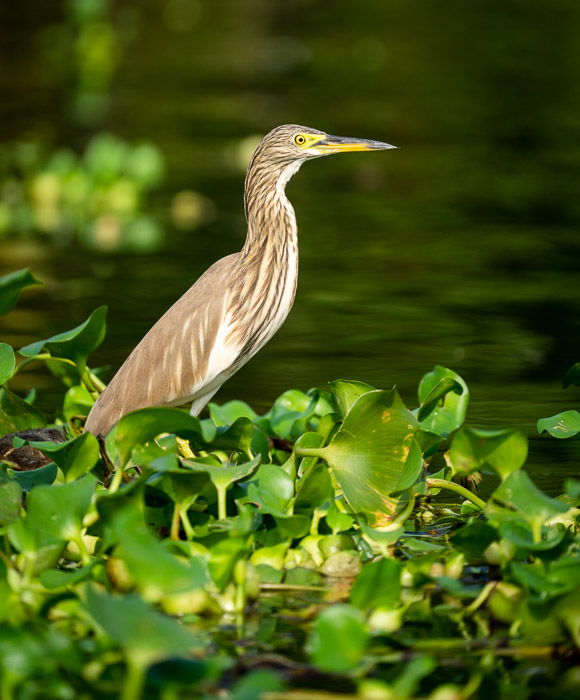
Of all the camera equipment you need to take better photos, a camera bean bag may be one of the least expensive and most useful. They are especially useful for nature and wildlife photography or if you’re out on a safari!
On any surface, camera bean bags provide support and reduce camera shake. This allows us to use longer lenses and long exposures without a tripod.

